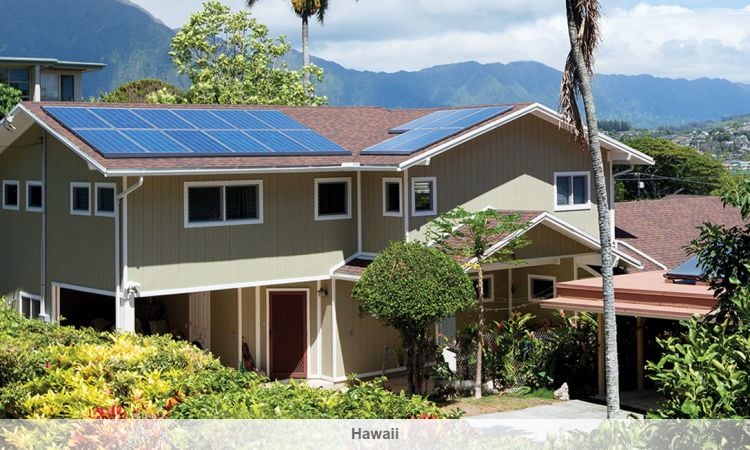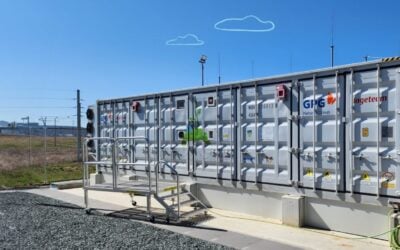
Hawaiian Electric has launched a new programme that will pay customers to add battery storage to an existing or new rooftop solar system.
The ‘Battery Bonus’ scheme is a one-time cash incentive paid to residential and commercial customers on the island of O‘ahu, which Hawaiian Electric hopes will move the state toward its goal of 100% clean energy by 2045.
Enjoy 12 months of exclusive analysis
- Regular insight and analysis of the industry’s biggest developments
- In-depth interviews with the industry’s leading figures
- Annual digital subscription to the PV Tech Power journal
- Discounts on Solar Media’s portfolio of events, in-person and virtual
Capped by the Public Utilities Commission (PUC) at a total 50MW supplied from storage among all participants, the programme has three levels of incentive.
The first is US$850/kW for those accepted for the first 15MW. Hawaiian Electric will confirm the yield by checking battery data.
Second, US$750/kW for those accepted for the next 15MW and, third, US$500/kW for those accepted for the last 20MW.
“The Public Utilities Commission sees the value that solar and batteries can bring to our grid, and have unveiled a new program to accelerate adoption here in Hawaii,” said Robert Harris, Sunrun’s director of public policy for Hawaii.
Applications will be accepted until June 20, 2023, or until the cap is reached, with customers required to use a contractor. Taxable payments will be made to the solar-plus-storage system owner.
Customers who take part must use or export stored electricity at the contracted amount on a two-hour schedule specified by Hawaiian Electric between 6pm-8pm every day (including weekends and holidays) until December 31, 2023.
After this, they will be given the option to move onto the scheme’s next phase – a ten-year programme to be defined by the PUC.
“The Hawaii Commission is encouraging customers to install batteries so as to keep their own lights on, as well as prevent system-wide blackouts,” said Harris. “This is just one more instance proving that clean, distributed energy resources can and should replace fossil fuel power across the United States.”
Last year, Hawaiian Electric submitted eight contracts representing nearly 300MW of solar energy generation and about 2,000MWh of energy storage to be built on the islands of O’ahu and Maui.






